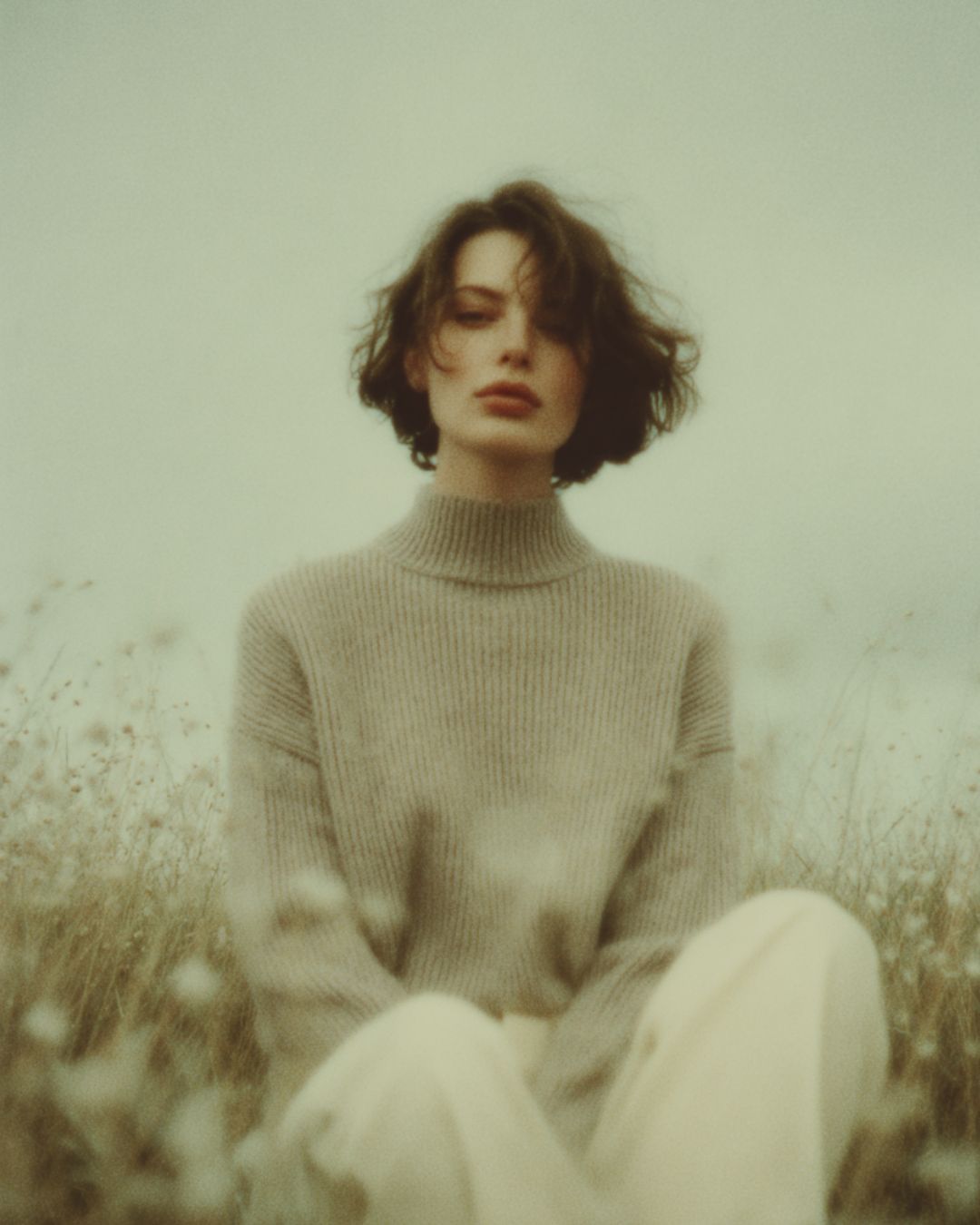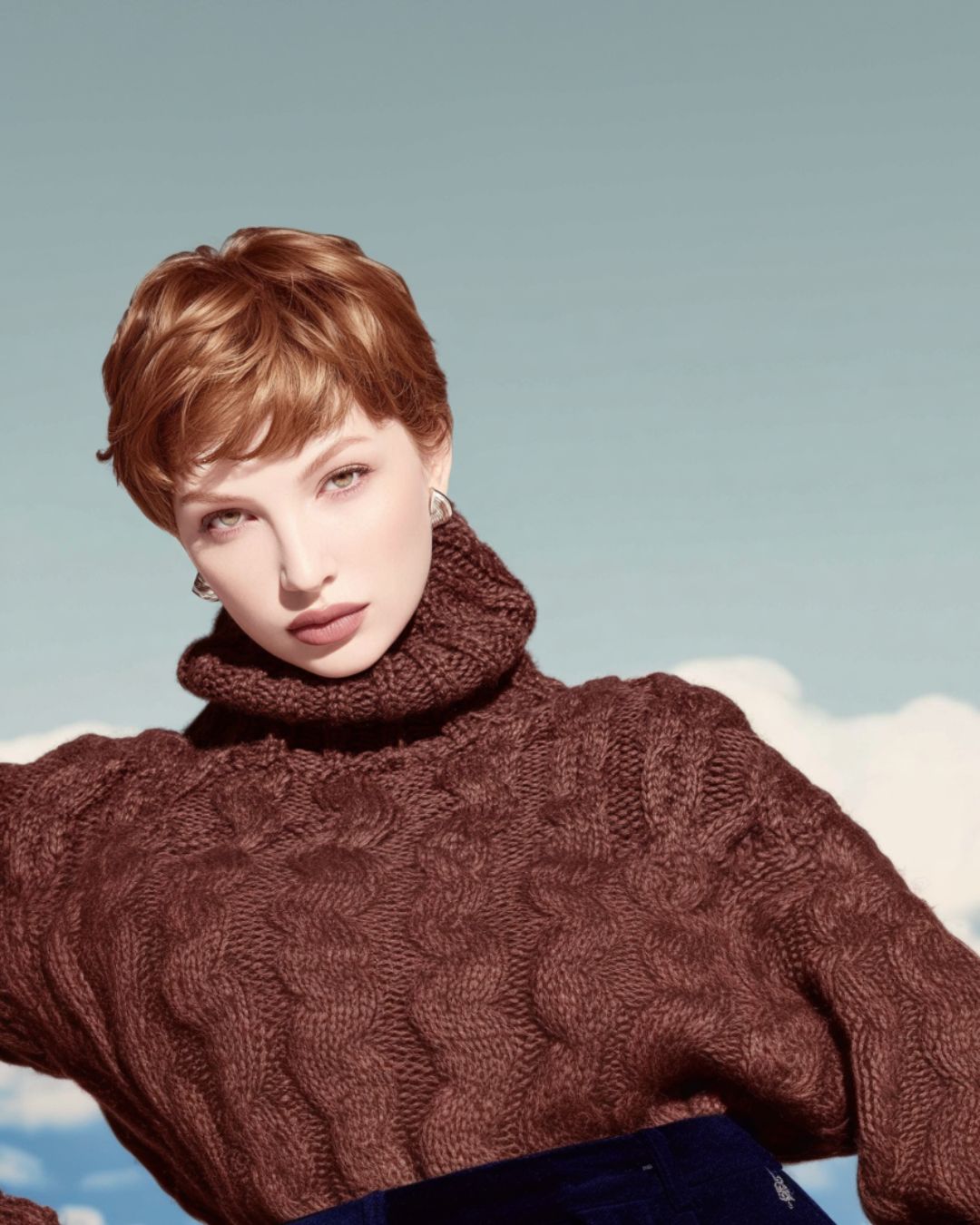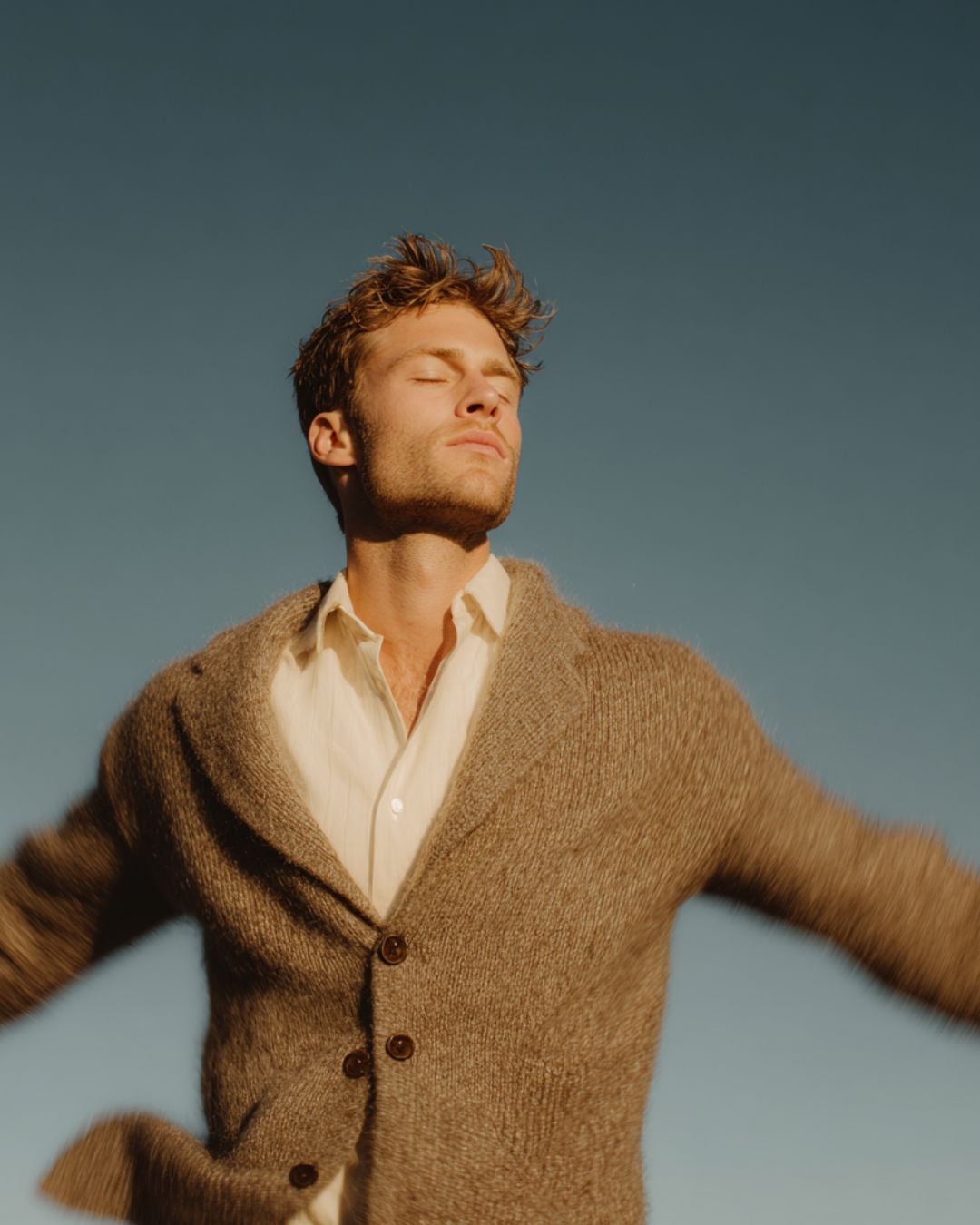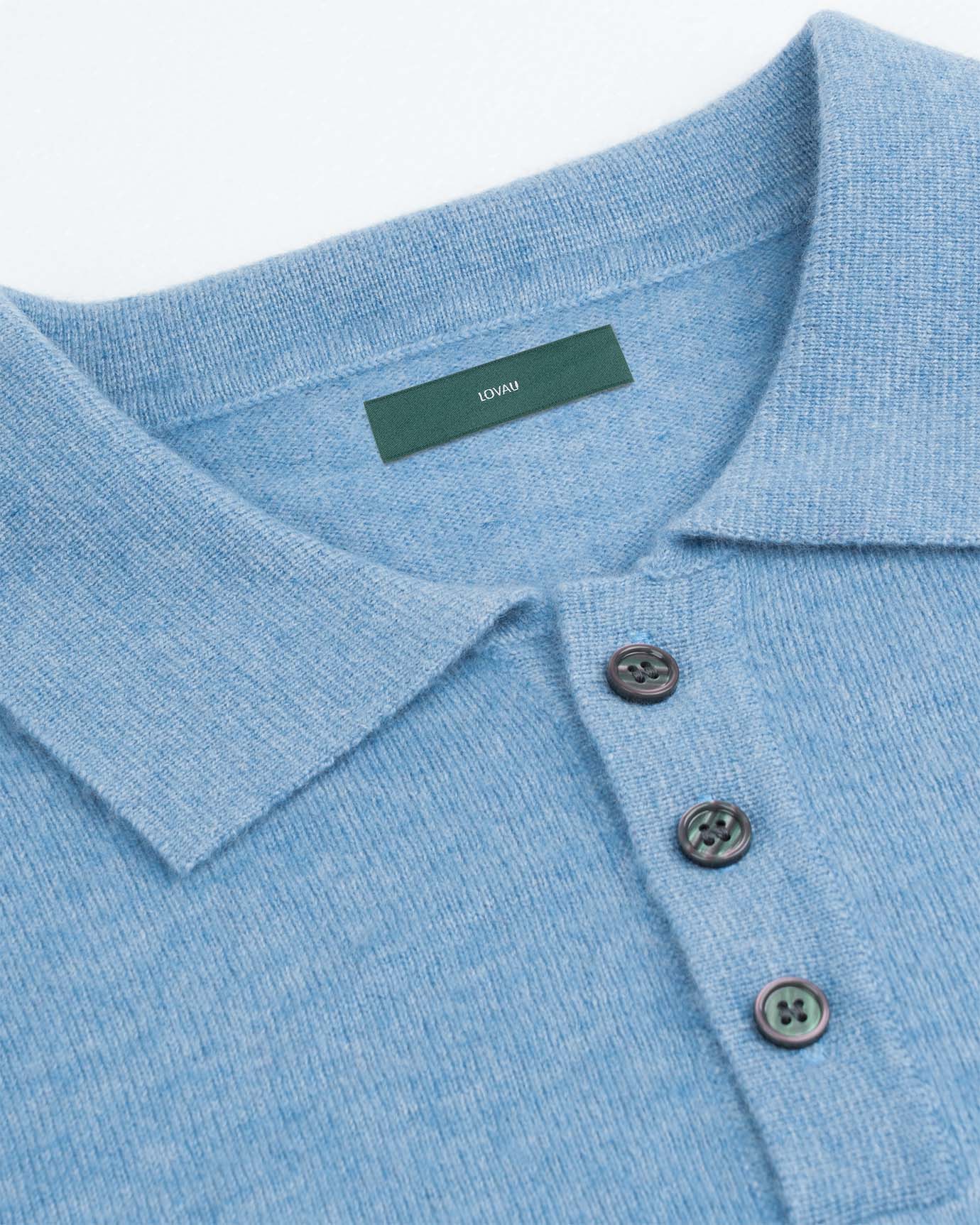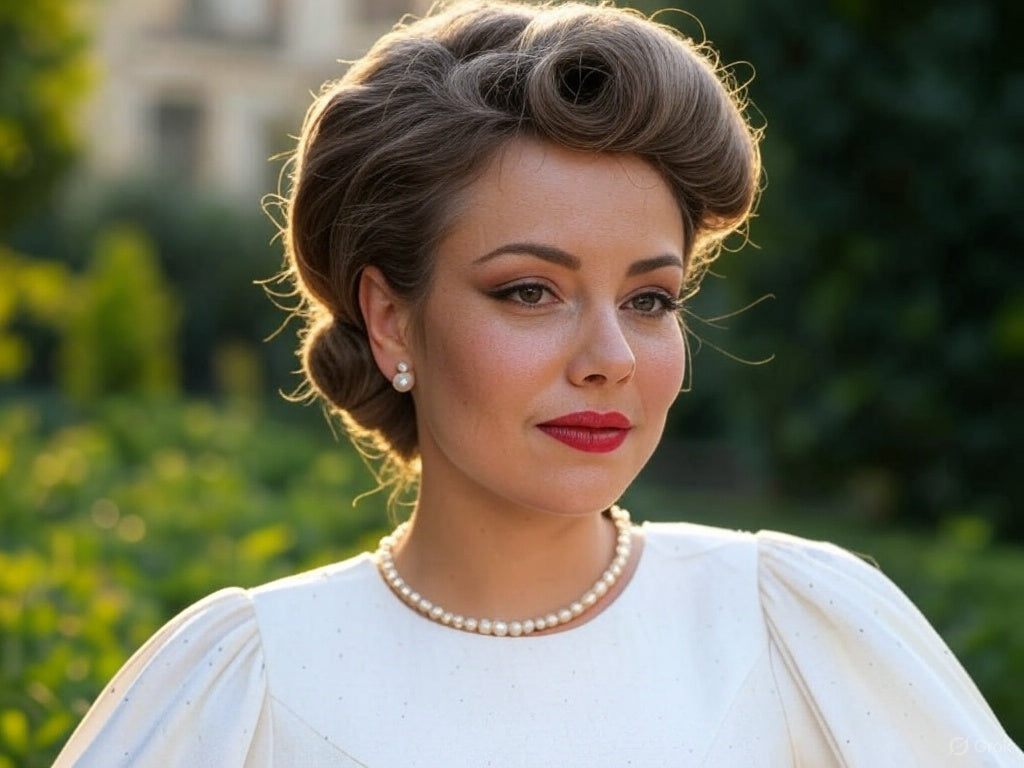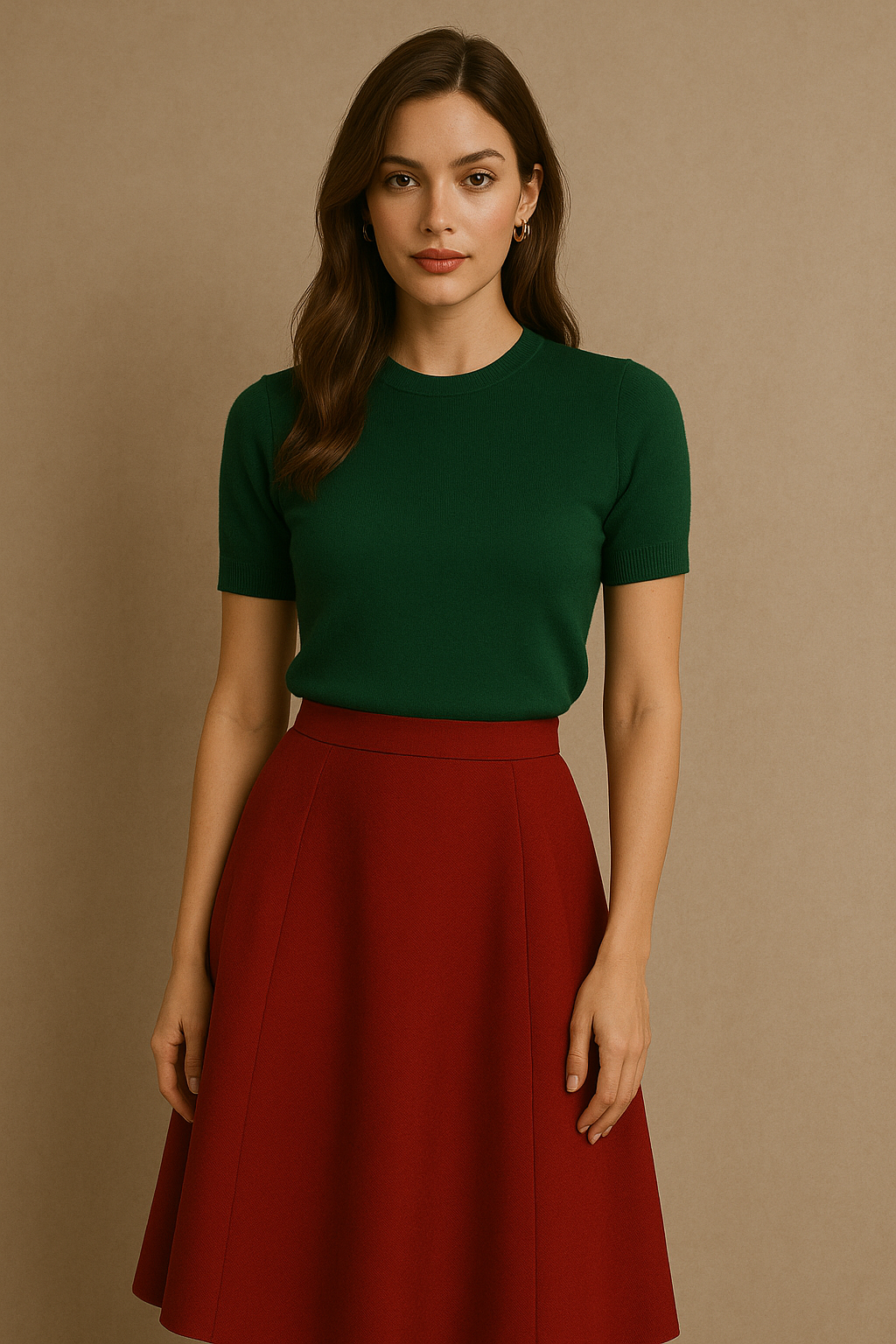
The Best Colors for Old Money Women’s Fashion
In Old Money fashion, color isn't about standing out—it's about standing the test of time. The right hues evoke sophistication, heritage, and ease. Whether you're curating a capsule wardrobe or refining your personal style, understanding the ideal Old Money color palette will bring elegance and cohesion to your fashion choices. Here are the colors every refined woman should prioritize in 2025.
1. Ivory: The Elevated Neutral
Unlike stark white, ivory offers warmth and softness. It pairs effortlessly with other neutrals and looks luxurious in silk, linen, and cashmere.
Where to Wear: Blouses, sweaters, tailored suits, and formal dresses. Ivory is also a cornerstone of wedding and garden-party attire, beloved for its vintage appeal.
Style Suggestion: Try an ivory silk blouse with a camel midi skirt and pearl earrings for an effortlessly elegant daytime ensemble.

2. Navy Blue: The New Black
Timeless, regal, and quietly powerful, navy blue works across seasons and settings. It replaces black in many Old Money wardrobes due to its less severe tone.
Style Tip: Use for blazers, coats, knitwear, or nautical-inspired pieces. Navy is particularly effective in structured suiting or knit dresses.
Versatility Note: This hue transitions easily from casual country weekends to formal urban events.
3. Camel: The Iconic Luxury Hue
Few shades feel as indulgent yet understated as camel. Whether it’s a trench coat or cashmere wrap, this warm tone radiates refinement.
Pair With: Creams, olives, or navy for a polished, tonal ensemble. Camel works well in both heavy wool fabrics and lighter linens.
Aristocratic Tip: Camel coats are often the first luxury item passed down through generations.
4. Soft Grey: Understated Grace
Grey in light or mid tones is endlessly elegant, evoking calm and authority. It’s especially effective in suiting and outerwear.
Try It In: Wool trousers, scarves, or fitted blazers. Look for herringbone or subtle check patterns to add dimension.
Styling Note: Grey works as a bridge color between ivory and camel, especially in workwear.
5. Olive & Sage Green: Earthy Refinement
Earthy greens connect the wardrobe to the countryside, a favorite setting of traditional aristocracy. These tones are flattering on all skin types and versatile across fabrics.
Occasion Fit: Corduroy trousers, linen shirts, or layered knitwear. These greens look particularly rich when paired with brown leather and gold jewelry.
Wardrobe Expansion: Sage green is a favored tone for spring trench coats and summer linens.
6. Burgundy: Subtle Richness
For eveningwear or seasonal depth, burgundy is ideal. It adds richness without overt flash and pairs beautifully with gold jewelry.
Style Examples: Midi dresses, velvet blazers, wool skirts. This shade is a favorite for events like winter galas, opera outings, or Christmas gatherings.
Royal Connection: Burgundy is often associated with British aristocracy and European monarchy.
7. Powder Blue: Soft and Sophisticated
Delicate yet dignified, powder blue adds softness and femininity. It is perfect for springtime outfits or formal daywear.
Best Used For: Blouses, skirts, dresses, or even light knits. Powder blue also shines in tailored suits with white accessories.
Pairing Tip: Match with ivory or soft grey for a cohesive, gentle palette.
8. Chocolate Brown: Heritage Depth
Richer than black and more interesting than beige, chocolate brown gives structure and vintage charm. Think old libraries, wood-paneled estates, and academic chic.
Wardrobe Essentials: Loafers, trousers, leather bags, and coats. This is a foundational color for cooler months.
Material Advice: Look for suede and leather pieces in this hue for added depth and tactile appeal.
9. Dusty Rose: Romantic Subtlety
Not quite pink, not quite nude—dusty rose offers warmth without excessive femininity. It whispers softness and pairs beautifully with ivory or camel.
Ideal In: Silk blouses, scarves, or dresses. Dusty rose also complements skin tones without overpowering.
Occasion Style: Ideal for wedding guests or tea party attire, especially when paired with low-heeled pumps and pearls.
10. Black: Sparingly, and with Purpose
Though less dominant in Old Money fashion, black still holds a place—especially for evening gowns, formal coats, or minimalist accessories. Use it deliberately.
Pair With: Pearls, camel, or ivory to keep the look elegant, not harsh. Black shoes and handbags remain essential for formal events.
Usage Rule: Limit black to situations requiring maximum formality or when emphasizing contrast.
Creating a Cohesive Palette: Mix & Match for Grace
The magic of Old Money colors lies in their interchangeability. You can combine navy with camel, ivory with dusty rose, or grey with sage to create looks that are varied yet always refined. Sticking to this core palette makes your wardrobe more versatile, less trend-dependent, and far more elegant.

Closet Tip: Keep a swatch board or inspiration folder with your preferred hues. Use this to guide purchases and prevent impulsive buying outside your chosen palette.
Color Through the Seasons: A Practical Breakdown
-
Spring: Powder blue, ivory, sage green, dusty rose
-
Summer: Linen ivory, soft grey, navy accents
-
Autumn: Camel, olive, chocolate brown, burgundy
-
Winter: Navy, grey, black (with restraint), and deeper jewel tones like burgundy
This approach ensures your wardrobe transitions smoothly year-round.
Final Thoughts: A Palette Rooted in Legacy
The Old Money woman dresses not to impress, but to express heritage, confidence, and stability. These colors reflect a life of culture and taste—one that resists trend cycles and favors timeless grace. With this palette in hand, curating your wardrobe becomes less about fashion and more about identity.
Remember: color is one of the most powerful, yet understated, tools in achieving lasting elegance.


